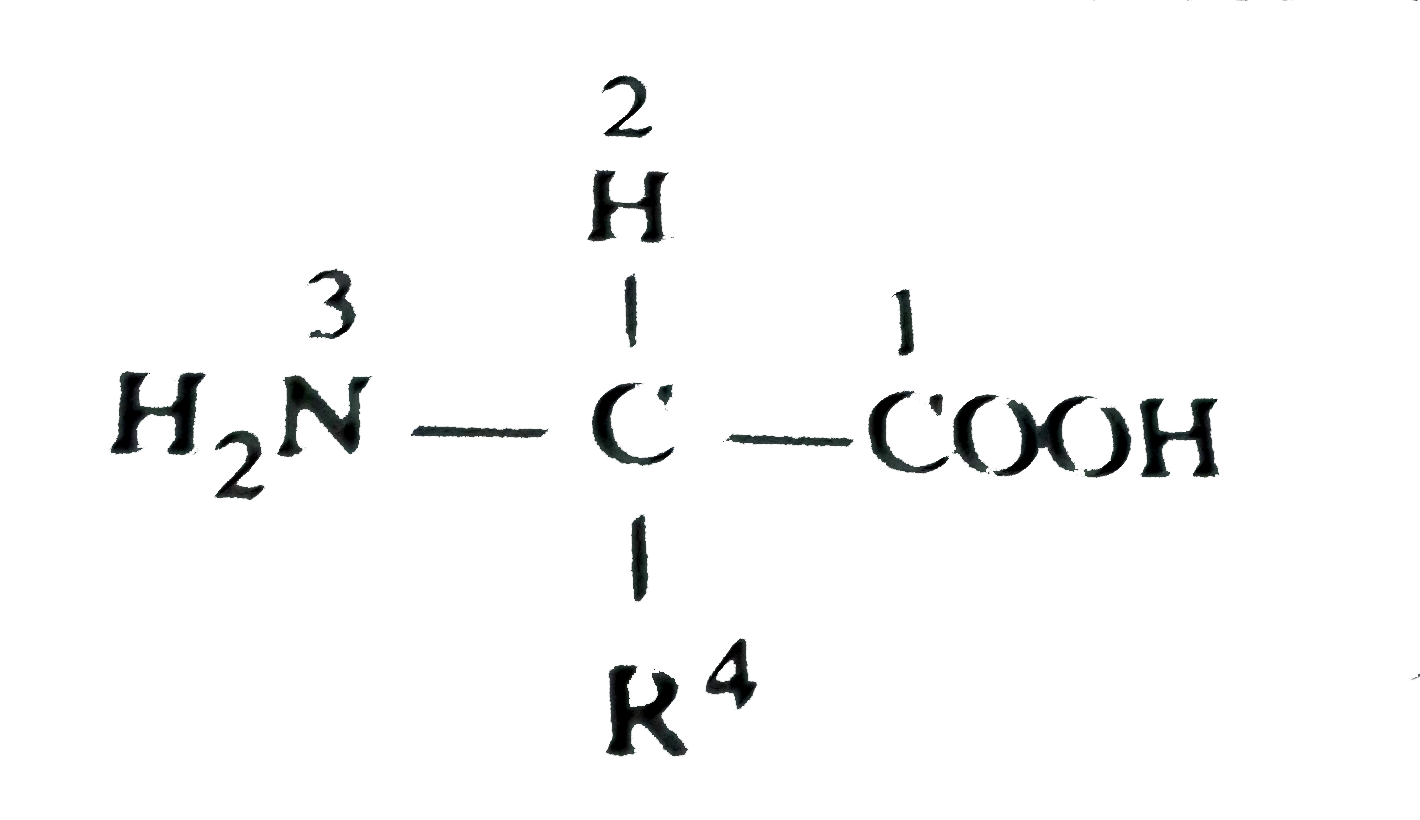An antibody contains light and heavy chains interconnected by disulphide bonds. These disulphide bonds can be formed between
serine, theonine
methionine, cysteine
methionine, methionine
cysteine, cysteine
The correct Answer is:D
To solve the question regarding the formation of disulfide bonds in antibodies, we need to analyze the options provided and understand the chemistry behind disulfide bond formation.
1. Understanding Disulfide Bonds: Disulfide bonds are covalent bonds that can form between the sulfur atoms of two cysteine residues. This bond is crucial for the stability and structure of proteins, including antibodies.
2. Analyzing the Options:
- Option A: Serine and Threonine - These amino acids do not contain sulfur in their side chains, so they cannot form disulfide bonds.
- Option B: Methionine and Cysteine - Methionine contains sulfur, but it does not form disulfide bonds like cysteine does. Methionine has a thioether group, which does not participate in disulfide bond formation.
- Option C: Methionine and Methionine - Again, since methionine does not form disulfide bonds, this option is incorrect.
- Option D: Cysteine and Cysteine - This option is correct because cysteine contains a thiol (-SH) group that can oxidize to form a disulfide bond (–S–S–) with another cysteine.
3. Conclusion: The correct answer is D: Cysteine and Cysteine. Disulfide bonds in antibodies are formed specifically between cysteine residues.
- Option A: Serine and Threonine - These amino acids do not contain sulfur in their side chains, so they cannot form disulfide bonds.
- Option B: Methionine and Cysteine - Methionine contains sulfur, but it does not form disulfide bonds like cysteine does. Methionine has a thioether group, which does not participate in disulfide bond formation.
- Option C: Methionine and Methionine - Again, since methionine does not form disulfide bonds, this option is incorrect.
- Option D: Cysteine and Cysteine - This option is correct because cysteine contains a thiol (-SH) group that can oxidize to form a disulfide bond (–S–S–) with another cysteine.
Topper's Solved these Questions
Similar Questions
Knowledge Check
Glycosidic bond is formed between
ACarbon and oxygen atoms of two adjacent monosaccharidesBCarbon and hydrogen atoms of two adjacent monosaccharidesCHydrogen and oxygen atoms of two adjacent monosaccharidesDTwo carbon atoms of two adjacent monosaccharidesA covalent bond is formed between
Asimilar atomsBdissimilar atomsCsimilar or dissimilar atomsDsilimar moleculesGlycosidic bonds forms between
A1'C of sugar and position 1-N in pyrimidineB1'C of sugar and position 9-N in purineC1'C of sugar and position 9-N pyrimiidineDBoth (A) and (B)
If we observe the structure of proteins, disulphide bonds are formed between
View SolutionAn electrovalent bond is formed between
View SolutionAn electrovalent bond is formed between
View SolutionA pure covalent bond is formed between :
View SolutionIn maltose glycosidic bond is formed between
View Solution
